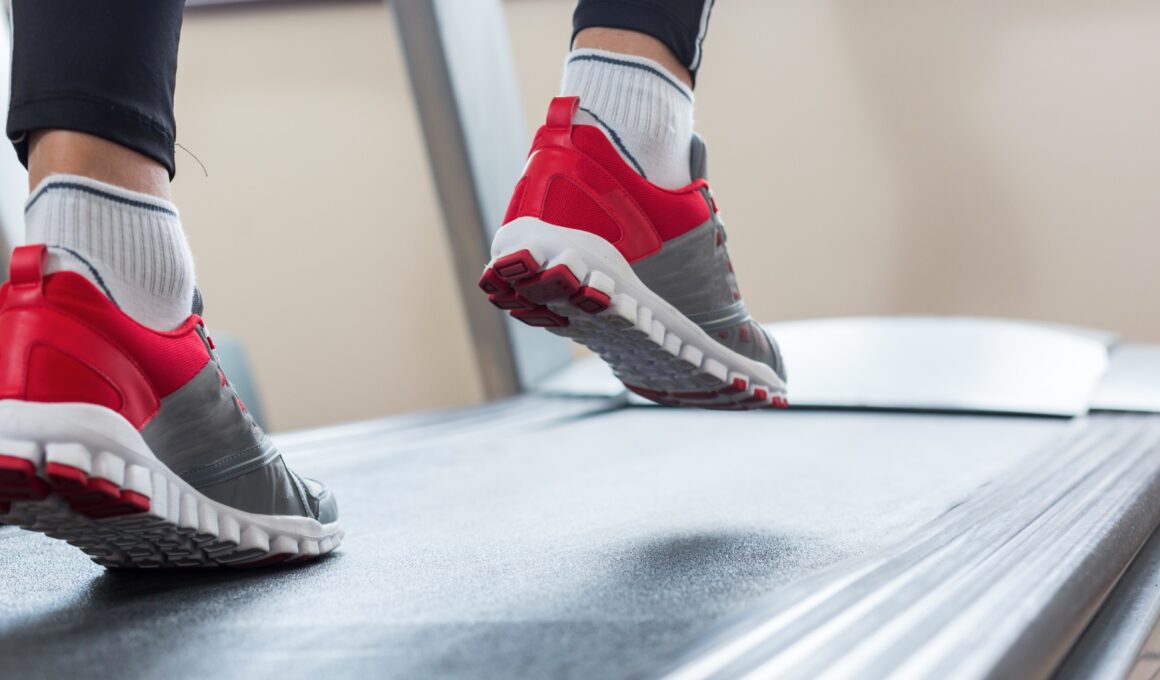Most people who are concerned about their weight and their cardiovascular health are convinced of the value of regular exercise. It’s just getting to the exercising itself that’s the problem.
And part of the problem is the time we’ve been told it takes to exercise “properly.” Most of the models we’ve been given have been based on training athletes, and have said that the minimum exercise time required to produce a beneficial effect is 30 minutes of continuous, non-stop activity. So we try to schedule time in our busy lives for these half-hour workouts, and we try to make it to the gym, but we often fail, with the result that exercise – however well-intentioned we were when we started it – goes right out the window, along with its potential health benefits.
But what if you could exercise at home, using home equipment, for three 10-minute periods a day, and achieve either the same health benefits, or even greater benefits? Would you be more likely to be able to fit exercise into your life if it required less of your time per session? Most people would answer “Yes” to this question. Well, science is telling them to go for it.
Fractionalized vs. continuous exercise
The benefits of aerobic exercise for lowering blood pressure and for losing weight are well established, and have been confirmed by numerous studies. However, most of these studies used the “training athletes” model, and considered “exercise” to consist of the traditional half-hour blocks of continuous exercise. A number of recent studies have challenged tradition, and have studied instead the benefits of fractionalized exercise, meaning multiple shorter periods of exercise, spread out over the day.
The results have been surprising. In one study conducted at Arizona State University’s Healthy Lifestyle Research Center, healthy but pre-hypertensive men (meaning that they displayed early symptoms of high blood pressure) were asked to perform three 10-minute sessions of aerobic exercise (walking on a treadmill), and their resulting blood pressure was then compared to that of similar subjects who performed one 30-minute exercise session. The results indicated that three 10-minute exercise sessions spread out evenly during the day reduced their 24-hour systolic ambulatory blood pressure more than single 30-minute exercise sessions did.
A similar 12-week study performed at the University of New Hampshire found that the group of subjects who walked a treadmill two times per day for 15 minutes achieved comparable, and in some cases greater, health and fitness benefits than subjects who performed the same exercise once a day for 30 minutes. Another study followed weight loss in female subjects who were overweight, and found greater weight loss in the women who exercised for multiple short periods of time per day than it did in those who exercised for a single, longer period of time.
What are the implications of all this?
First, it means that we don’t necessarily have to readjust our lives to fit in long periods of exercise in order to gain the benefits of exercise. Whether we’re concerned with maintaining our blood pressure and cardiovascular health, or losing weight, or just exercising to stay generally healthy, these studies indicate that we can gain as much or more benefit from exercising for multiple short periods of time. This means that – for most people, with our increasingly busy lives – there is a convenience factor that cannot be denied. Instead of interrupting our work or other aspects of our daily lives to drive to the gym to “get in” our 30 minutes of daily exercise – all of which probably adds up to a great deal more than 30 minutes, once you factor in driving time, changing and showering time, etc. – we could just duck into another room and work out on our home treadmill for 10 minutes several times a day, and accomplish the same results.
I don’t know about you, but as a writer of articles like these I already work at home, and welcome the news that I could work out at home as well. Now that I know this, it is more likely that I’ll exercise more by fitting in several of these ten-minute sessions “between articles” than I ever did by waiting for an appropriate break time, and then having to drive to the gym. I personally thank these scientists for coming up with an exercise program that fits into my life.




